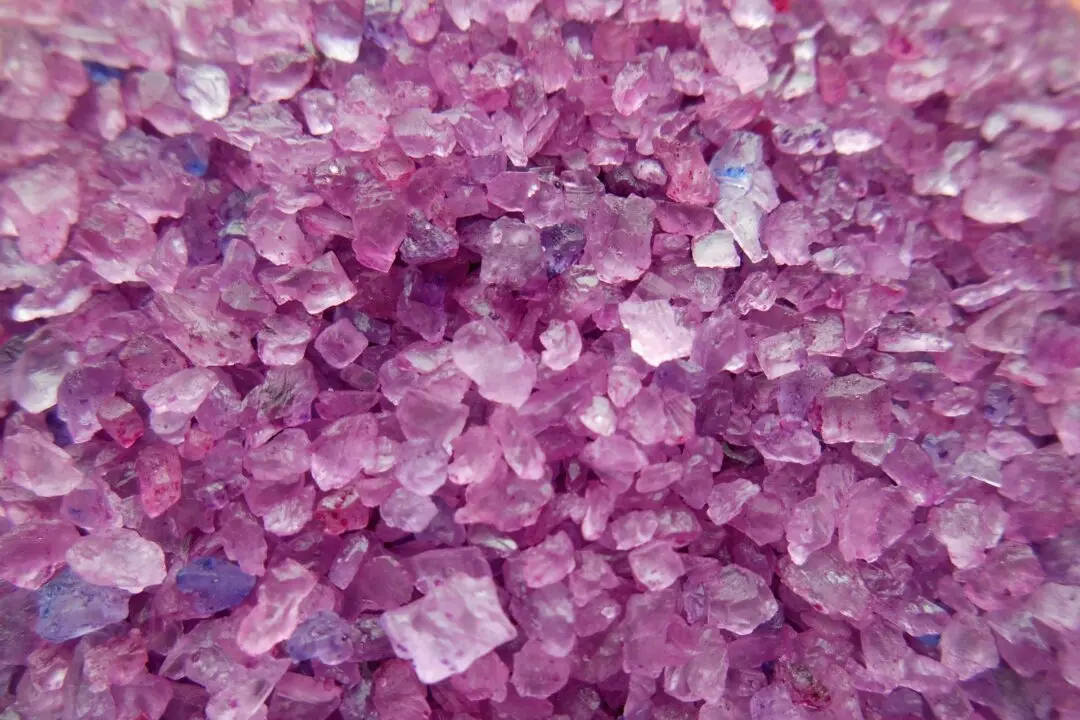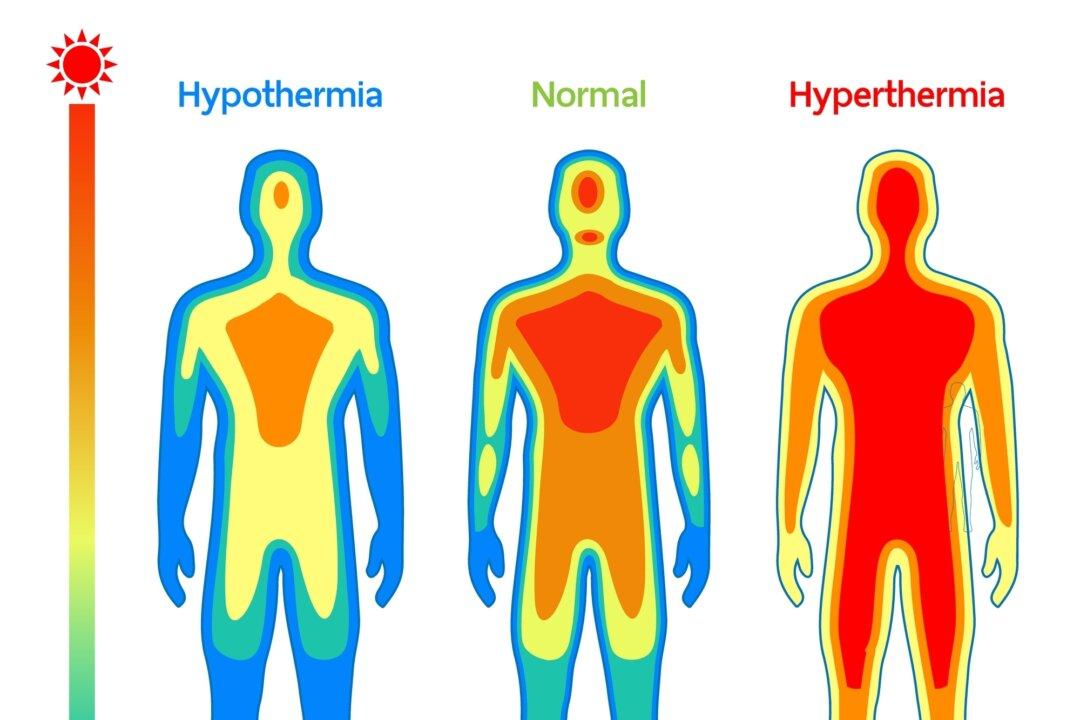The ancient practice of yoga has become a popular form of gentle exercise for those who shy from the gym or have physical limitations but still want to improve strength, flexibility, and their mental health. While some attend a local yoga studio, there are also apps and Zoom classes to use in your home.
Cardiovascular exercises such as running, swimming, aerobics, and walking stimulate your metabolism, but what about the gentler moves of yoga?
Your metabolism is the complex cellular process by which your body converts food and air into energy. The rate at which this happens is influenced by many factors including age, gender, hormones, and amount of physical activity.
The greatest global health challenge today might just be metabolic syndrome. This is a group of conditions that increase the risk of developing cardiovascular diseases and diabetes. These conditions include high blood pressure, high glucose, excess body fat around the waist, and abnormal cholesterol levels. They are often the result of a sedentary lifestyle, high levels of stress, and a nutritionally inadequate diet. One
study has shown yoga to benefit those with metabolic syndrome who carry excess stomach weight or have elevated blood pressure.
It’s common for your metabolism to slow as you age. Chronic inflammation and oxidative stress are the result of lifestyle choices and are known to be major causes of aging. Is it possible that regular yoga practice might affect your metabolism and thus your aging process?
Metabolism and Yoga
Breathing affects your rate of metabolism. The breathing practices of yoga such as pranayama can improve oxygen intake, thus warming up the body and speeding your metabolism. This in turn can stimulate and strengthen your endocrine organs, especially the thyroid gland. In addition, twisting and bending poses massage abdominal organs improving digestion, local circulation, and calorie burn while cleansing the body of toxins.Yoga has been correlated with increased thyroid activity, which in turn can increase or restore metabolism. Certain yoga neck poses stimulate thyroid hormone secretion.
Choose Yoga
While yoga is an ancient practice, researchers haven’t studied its effects for all that long. There are, however, studies that indicate how yoga can slow or even reverse the effects of aging.In a study published in
Oxidative Medicine and Cellular Longevity in 2017, 96 older adults participated in yoga for 12 weeks. The practices included asanas, breathing exercises, and meditation. After this period, researchers measured known aging biomarkers and found a reduction in cellular aging along with the potential for promoting cellular longevity.
In a similar study published in
Frontiers in Human Neuroscience in 2017, researchers found that a three-month yoga retreat reduced inflammation and stress in the body. This residential retreat involved daily meditation and yoga practices and was accompanied by a vegetarian diet. Results found decreases in anxiety and depression as well as in the typical biomarkers for inflammation.
Long-term practitioners of yoga have also shown lower metabolic rates probably due to reduced sympathetic activity and a stabilized nervous system from greater metabolic efficiency.
Yoga as You Age
There are many types of yoga and reasons for choosing them. If you have flexibility or injury issues, there is a practice for you. If you wish to improve your energy, your strength, your balance, or to calm your mind, there are practices for these as well. You might even lose weight with a yoga practice as the increase in breathing and heart rate burn calories and can affect your metabolism depending on your diet.
Gentle Vinyasa is a flow yoga that moves you from one pose or asana to another without stopping. These poses are coordinated with your breathing. Each yoga instructor chooses the asanas and the order in which to do them.
Iyengar is precise and slow with a focus on alignment and proper form. It is normally done using many modifications through the use of props. It is great for people with injuries who need to work slowly and methodically.
Chair yoga follows basic yoga asanas, only you are sitting in a chair for stability. The benefits include muscle toning, reduced stress levels, better breathing habits, better sleep, and low impact on joints. It improves flexibility for those who have trouble moving through the up and down motions of traditional yoga.
Restorative yoga is especially for those who have injury issues or who have not done yoga and find their bodies stiff and lacking flexibility. It is usually a very slow-paced class in which the asanas are held for a long time, often for two to five minutes. This slow pace affects your metabolism through relaxation and stress reduction.
Yoga Nidra is an ancient meditation technique from India. An instructor guides you through a series of visual and relaxation cues that typically last 20 minutes to an hour. This narration takes you to a state of deep relaxation. This practice can also be used as a sleep aid. Several studies have found Yoga Nidra can have therapeutic effects on conditions such as back pain, rheumatoid arthritis, Type 2 diabetes, and stress.
Best Asanas for Improving Metabolism
Asanas are the numerous poses that are the basis of all yoga practices. Moving smoothly through a series of asanas such as sun salutation or vinyasa are common ways to practice while improving your metabolism.
In addition, twisting poses, backbends, forward bends, and inversions all boost metabolism as they massage and stimulate the endocrine system and abdominal organs, regulating their function, improving local circulation, and cleansing them of stagnant toxins. One of the body’s most crucial cleansing mechanisms, the lymphatic system, relies on muscle movements to pump lymph throughout the body and clear away toxins like debris from dead cells.
If you are new to yoga, are experiencing flexibility or balance issues, or are recovering from an injury or illness, start slow with a few simple asanas. Using props such as blankets, bolsters, and eye pillows can provide support and help gain deeper relaxation.
Asanas for Metabolism, Flexibility, Strength, Balance
The
following asanas are good for improving your metabolism while they stretch and strengthen muscles and improve balance.
Holding yoga asanas for definitive amounts of time builds endurance and flexibility, and also burns calories, leading to fat burn and weight loss. Begin slowly. For details on how to do these poses, check YouTube.
Utkatasana or Chair Pose is excellent for improving blood circulation and detoxifying your body. Adding a twist to the left and right will also improve digestion.
Halasana or Plow Pose can aid the endocrine system such as the thyroid, pituitary, and adrenal glands. These all help to balance the metabolic system. It puts pressure on your neck, lower back, and abdomen so be careful doing this pose. If you have a neck injury, high blood pressure, or glaucoma, do not do this pose.
Salamba Sarvangasana or the Shoulder Stand stretches your upper back and neck. It improves blood circulation and boosts metabolism by stimulating the thyroid gland and delivering increased oxygen to your heart and brain.
Anjaneyasana or Low Lunge increases your heart rate and helps boost your metabolism. It stretches your hips and strengthens your legs. It is also good for strengthening the legs and opening up the pelvic area, making it beneficial for those who sit long hours at work.
Garudasana or Eagle Pose helps digestion by massaging your stomach and intestines. It energizes your body as it strengthens your legs.
Marichyasana or Pose of the Sage is a sitting twisted asana done on the floor or yoga mat. It massages your internal organs including the liver, kidneys, and stomach while helping to detoxify and stimulate their functions. It also can relieve stress and fatigue while improving digestion.
Conclusion
Making yoga a part of your life could improve your metabolism. It also has the added benefit of potential weight loss while helping improve your flexibility and balance. It may help delay aging and reduce the effects of some diseases caused by stressful lifestyles as well as promote mental and physical wellbeing.





